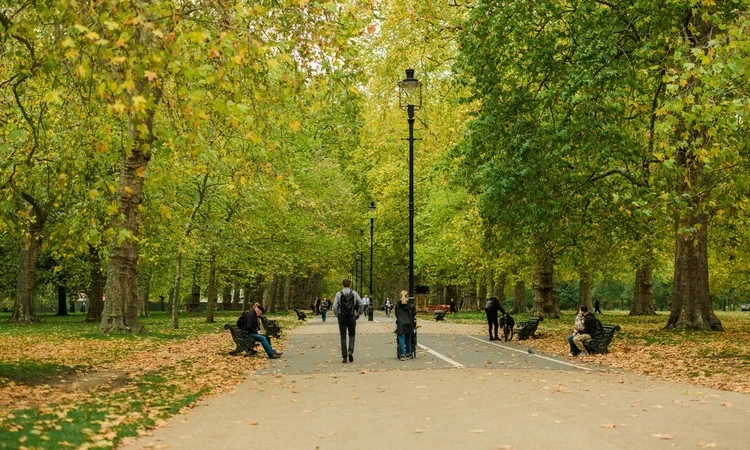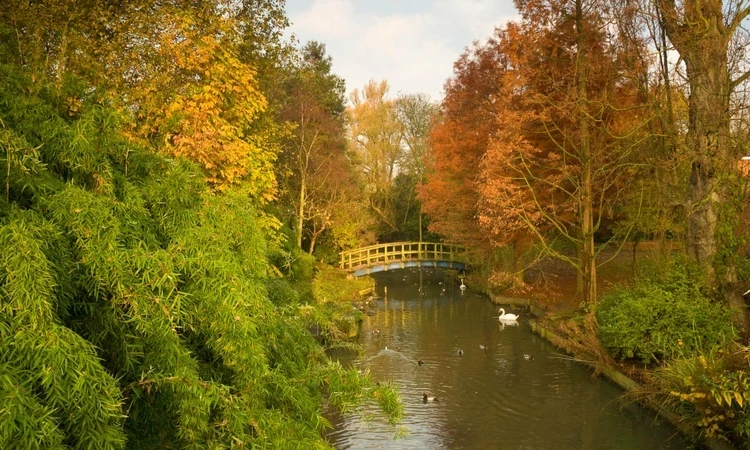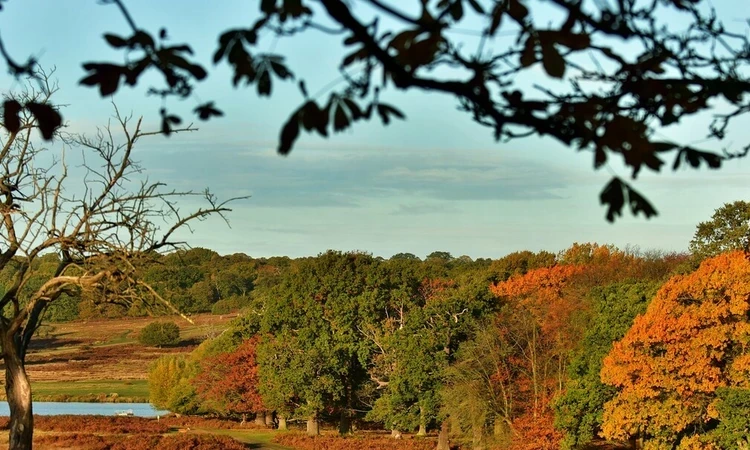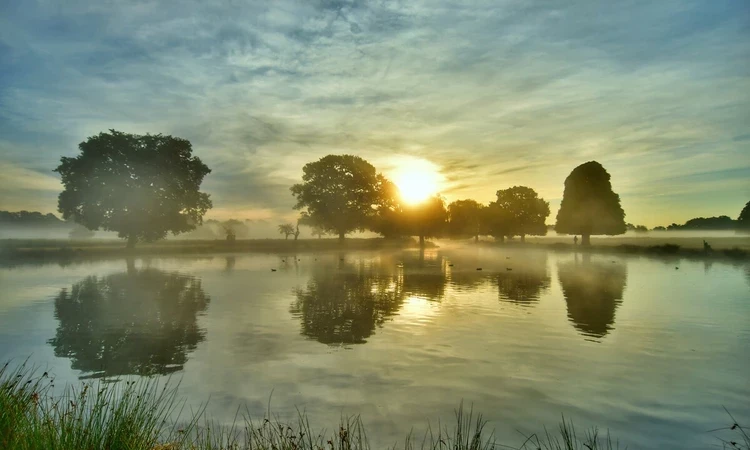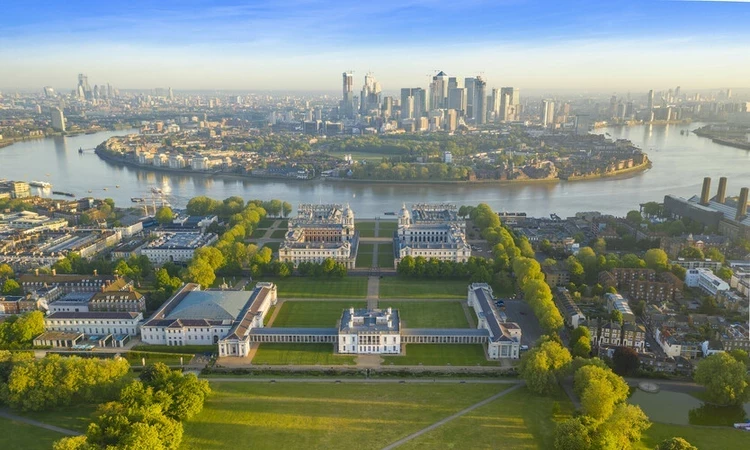
What's on
From major events to our range of walks, music and smaller events for adults and families, across the themes of nature, history and wellbeing. Whatever your interests, there's something for you in the Royal Parks all through the year.
Upcoming events
There's something for everybody at the Royal Parks. Explore our latest events below.
-
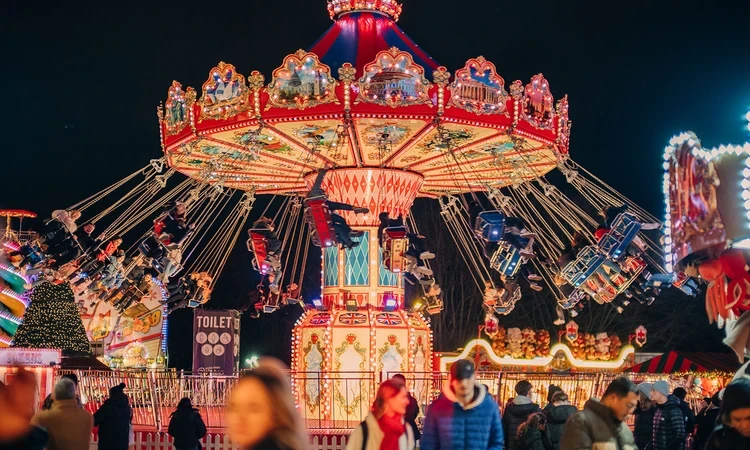 Paid
PaidHyde Park Winter Wonderland
Located in London’s iconic Hyde Park, Winter Wonderland is the world’s ultimate destination for festive fun.
-
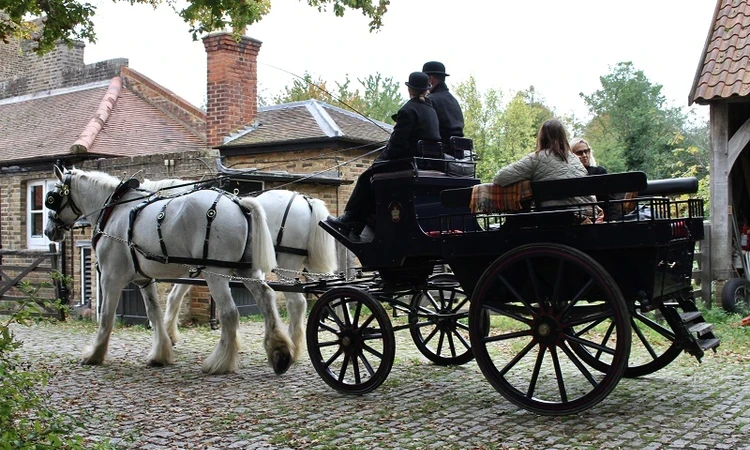 Paid
PaidWinter Carriage Rides in Richmond Park
This Christmas, experience Richmond Park like never before with a ride around the park in a six-person Park Brake drawn by our majestic Shire Horses.
-
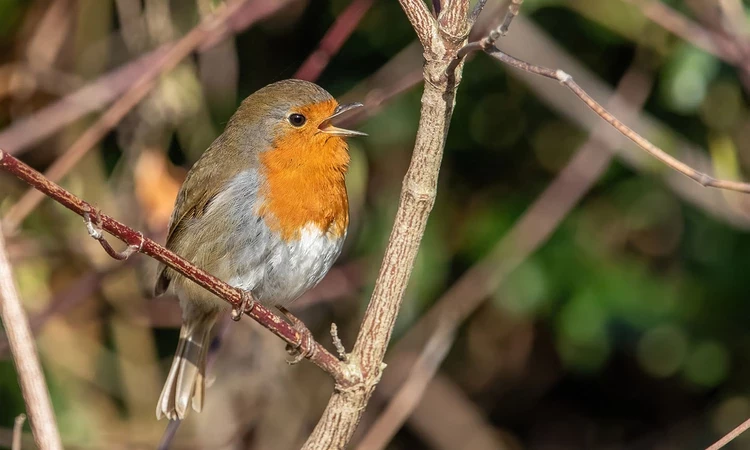 Free
FreeCarol singers in the Royal Parks
Enjoy some festive cheer as a quartet of carol singers perform in the Royal Parks this December.
-
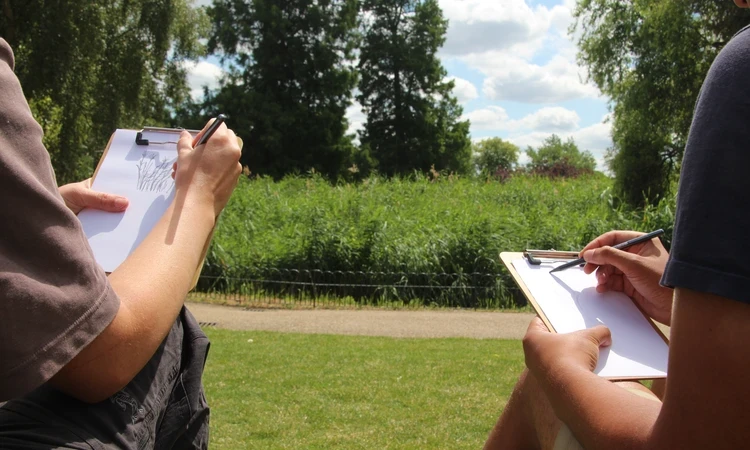 Free
FreeDrawn to Nature: Exploring art and nature in the Royal Parks
Join the Help Nature Thrive team for a unique series of nature-inspired art workshops in the heart of the Royal Parks.
-
 Paid
PaidBST Hyde Park 2026
BST Hyde Park 2026
Discover events and activities run by the parks' Friends
-
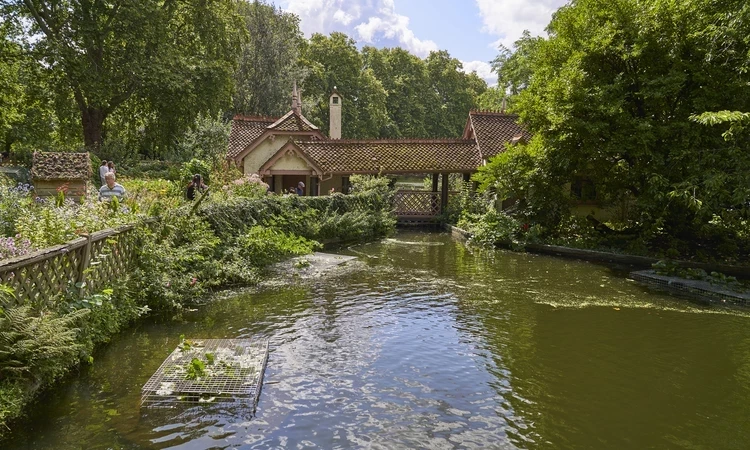
The Thorney Island Society
Friends of St. James's Park and The Green Park
